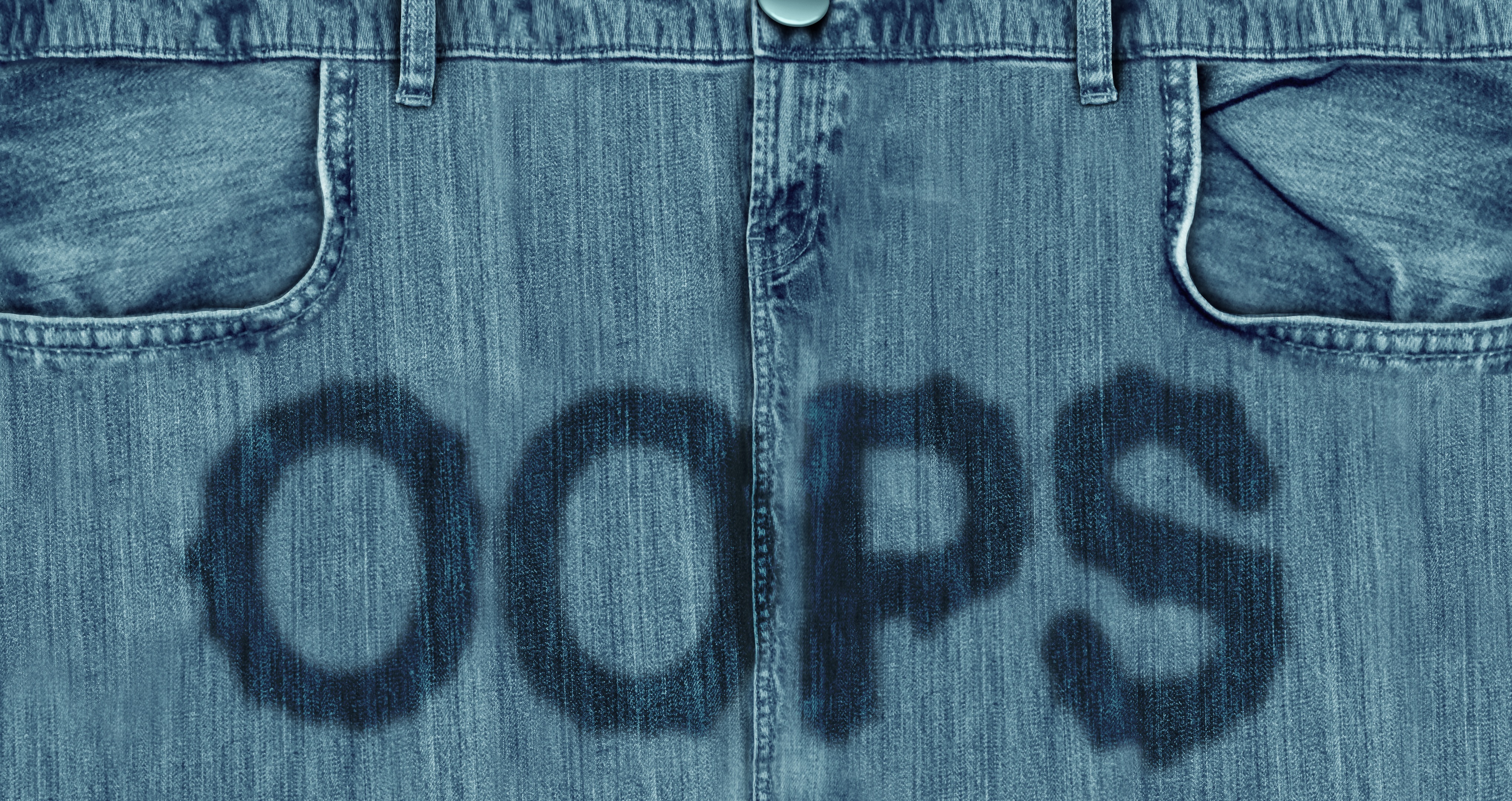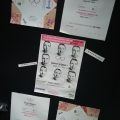This month we’re looking at pelvic health in menopause. Our guest blogger today, giving you the low down on pelvic incontinence in menopause is Louise Field, women’s health and fitness exercise specialist and founder of the Adore your Pelvic Floor pelvic health programme.
Health Education- is it lacking?
When we are in Year 6 or 7 at school, we receive the ‘puberty talk’! I have never understood why this is the only female health education most of us receive. After all, we have other monumental life changes within our body, and we are often left to either ‘just get on with it’ or somehow try to fathom out what exactly is going on.
Prime example: The Menopause. It is possible to speed freely through this journey, and you may welcome this hormonal change, but for some, it can be a tricky ride to handle. And yet most girls never receive any information or advice on this in schools. We know that being well informed in advance of this life stage can give women the best chance to know how they could be affected, and how to manage any symptoms that might arise.
So let’s start HERE! Information and links are available throughout this article with the aim to help answer the questions to guide through YOUR menopause. Additional resources are listed at the end of this blog.
WHY?
We will all experience our own symptoms, at different ages, whilst dealing with our own emotions and life events. For that reason, we need RESOURCES and ADVICE. But first, we will cover the taboo that really kind of gets lost in the loop….
The Connection of The Menopause And The Pelvic Floor
Over time the pelvic floor group can be affected by pregnancy, childbirth, age, medication and lifestyle. Magazines and the media have normalised bladder issues. Yes, bladder issues are common, and the menopause is a stage in our life that these symptoms can be heightened. But let’s make this loud and clear, 85% of issues can be resolved. So PLEASE do not ignore your pelvic floor and add pads on your shopping list for the ‘forever, foreseeable future’ because real SOLUTIONS are available.
When our body starts experiencing ‘the change’ the drop in oestrogen can heighten symptoms. So, it makes sense to try and support our body through the changes in the best way possible. All muscles require elasticity, flexibility, coordination and strength. The decline of oestrogen influences muscle mass and elasticity of the tissue across the whole body, including within the pelvis for the support of our womb, bladder and bowel. As a result, weakness could occur leading to leaks. 1 in 3 women will continue to deal with ’embarrassing moments’ for 7 years before seeking advice from their GP. 1 in 2 women will experience a mild to moderate prolapse.
These issues are common, but not normal and can be solved. We can support our muscles with exercise and lifestyle changes whilst also considering local Oestrogen. Your GP can discuss this with you.
Other Common Signs And Symptoms
Increased frequency can make it feel like you’re constantly nipping to the loo. As a result, you may start to restrict our fluid intake. However, restricting fluid intake doesn’t necessarily do the trick. It concentrates the urine, which can make it more smelly, and increase the risk of UTI’s.
You may visit the loo ‘JUST IN CASE’, or begin to avoid activities to avoid embarrassing situations.
Back ache…. Who would ever put that down to possible pelvic health issues! We may feel a heaviness or dragging sensation within the pelvis.
All of this is accepted as ‘normal’, an ‘age’ thing. But remember, the good news is, it’s never too late for the majority. With a few simple strategies 85% of issues can be resolved….
YES 85%.
So, let’s get over our embarrassment and break this taboo of toilet issues and have our ‘post-puberty’ talk to find out how to strengthen our muscles down below, and to regain our confidence.
So how can we fix it?
The peri-menopause and beyond creates changes to our body. Taking control can make a huge difference in this hormonal transition. So, whether incontinence pads or discreet pants are part of your weekly shop or not – where should you start?
Practising pelvic floor exercises, can prevent and reverse small pelvic organ prolapse and leaking. Performing the exercises can be tricky at first; let’s begin there.
Pelvic floor exercises, the right way
Sit down, take a big sigh and relax (this is important).
The first exercise is to draw in and up from the back exit as if you are stopping yourself pass wind, continue to lift internally towards the vagina and up and towards the inside of the pubic bone. Aim to hold for up to ten seconds – Rest for 10 seconds – Repeat X 10 sets.
Using the same principle, the second exercise is to draw up internally for 1 second to then completely release – Rest for 1 second – Repeat X 10 sets.
With both exercises it is important to continue breathing steadily throughout and to let go fully after every repetition. Practice both sets of these exercises up to three times a day.
Check out this how-to video to see the correct way to do these exercises.
Here is a video showing in real-time ultra-sound how to contract and release the pelvic floor muscles correctly.
What if it hurts?
Not all pelvic floor issues relate to weakness though, so if you find it hard to feel your muscles come into play, you feel pain when doing the exercises, or symptoms worsen then there are other things you should try.
Having an expert assessment is always the platinum choice option. Women’s Pelvic Health Physios are available across the UK. It is possible to gain an appointment via your GP, or self-refer in some counties, but if this is not an option for you find your local Women’s Health Physio here.
In addition…
Adore Your Pelvic Floor is an endorsed and accredited women’s health programme that covers all things pelvic-health in detail. From stress, frequency, and urge incontinence, to pelvic organ prolapse and bowel issues, the programme can achieve amazing results whilst giving women the opportunity to understand exactly what is going on. Exercises and strategies to manage and resolve female intimate health are recommended based on detailed pre-screening techniques, working in conjunction with female health physiotherapists to offer the appropriate exercises for you.
The benefits of a reactive and effective pelvic floor group are MASSIVE. It gives freedom to enjoy life without the restrictions incontinence creates. It means you can enjoy general exercise whilst reaping the rewards movement brings to maintain heart and bone health throughout and beyond the menopause.
Louise Field
#LetStartTalking #BreakTheSilence #TakeAction #Empowerment #Freedom #Result
Here is a video covering the content of this blog.
Useful Resources
Sylk Natural Intimate Lubricant
Find a Women’s Pelvic Health Physio
The Natural Remedies That Can Be Helpful During The Menopause with Diane Danzebrink and Adore Your Pelvic Floor
Diane Danzenbrink Menopause Advisor And Counselor










